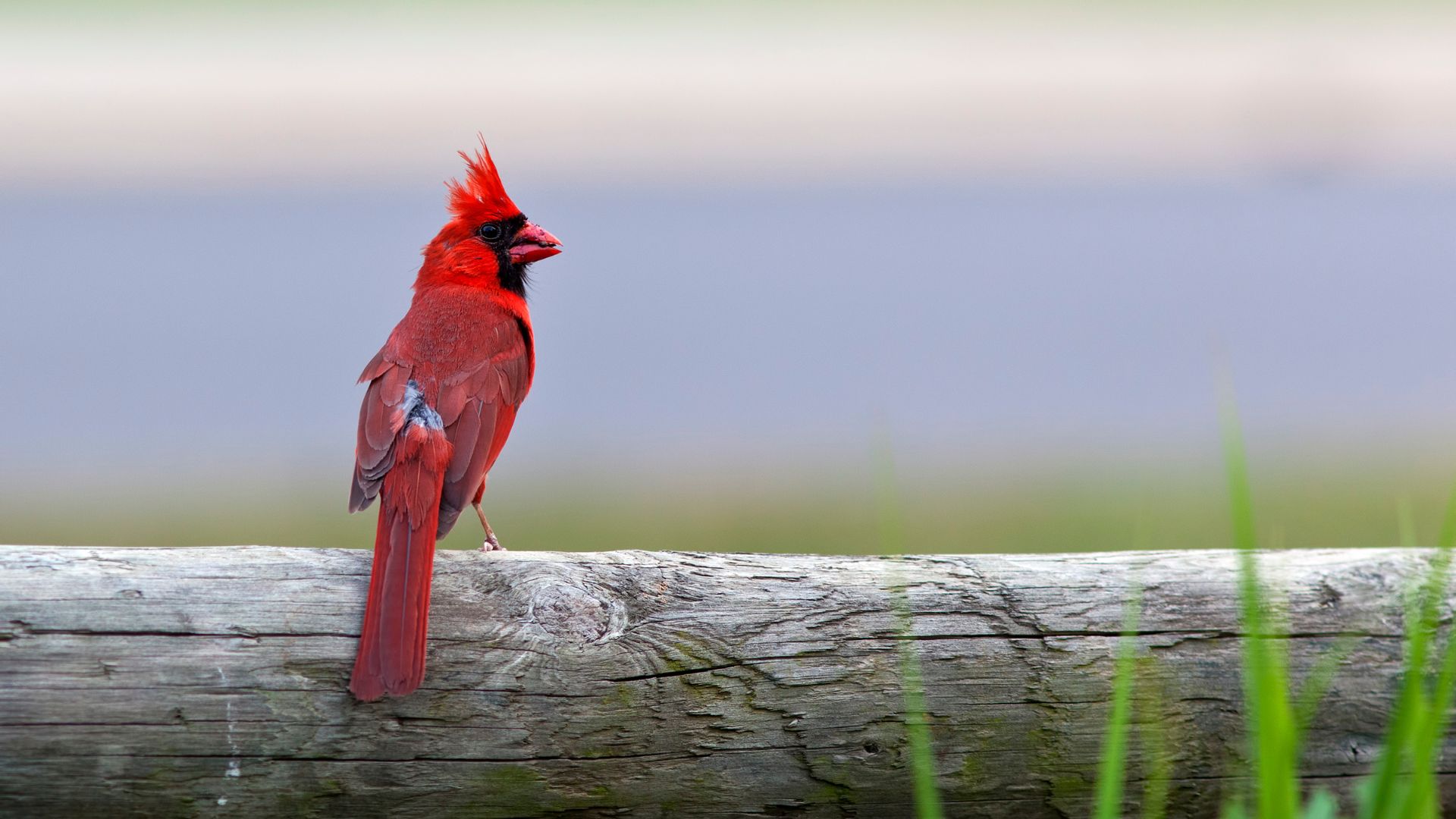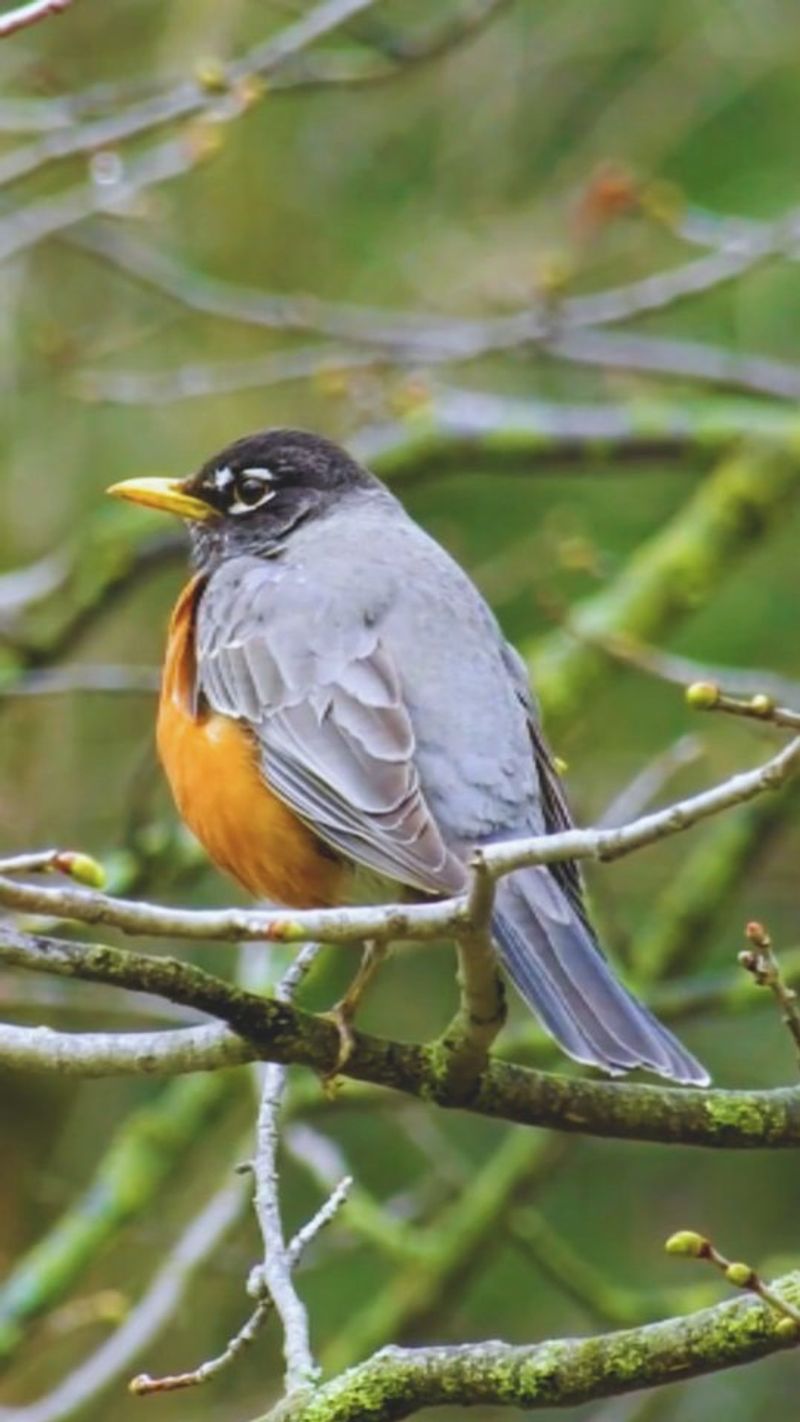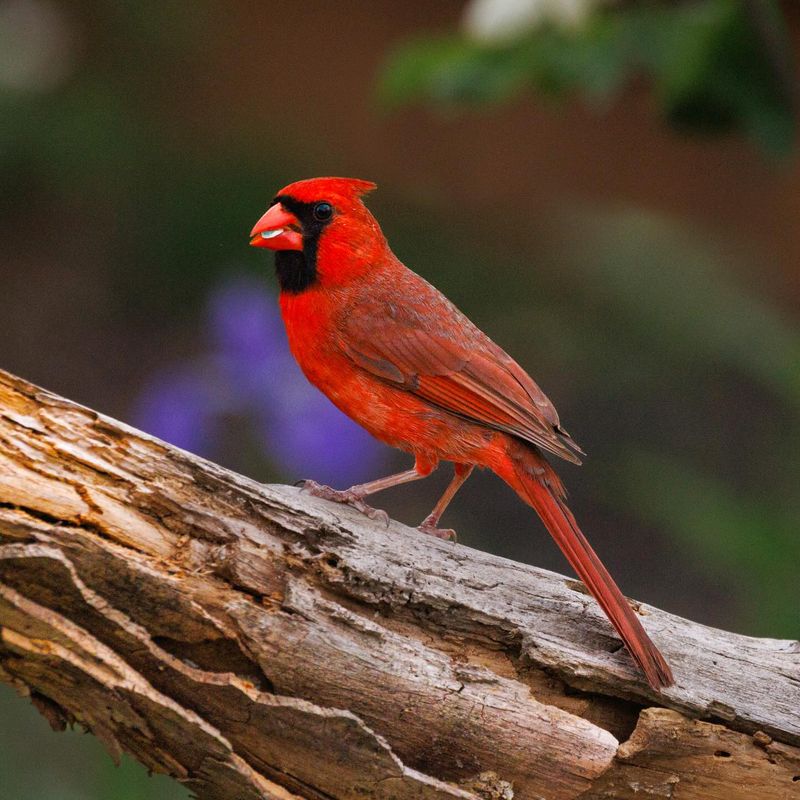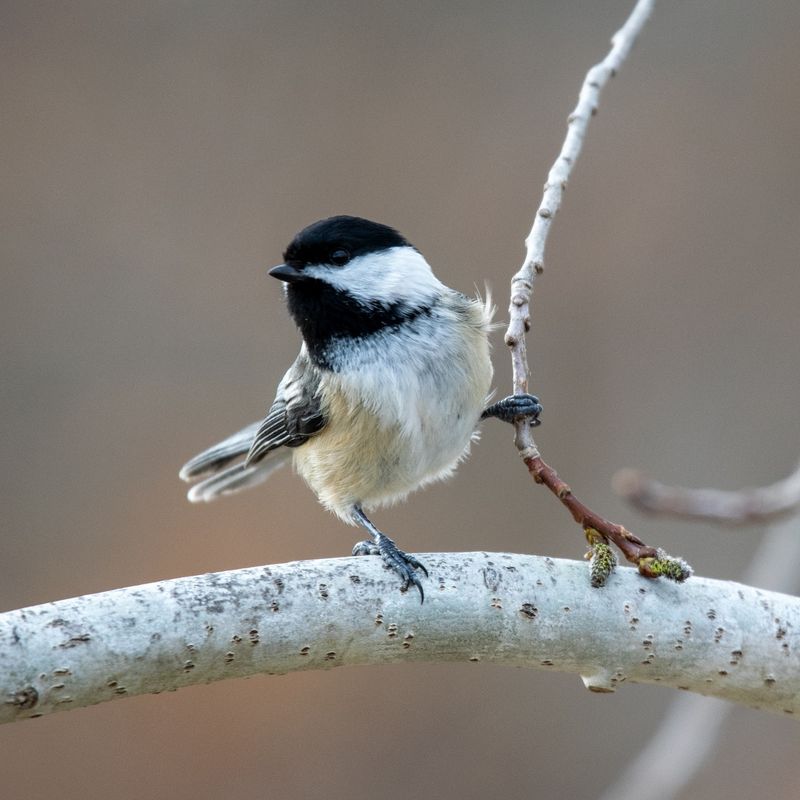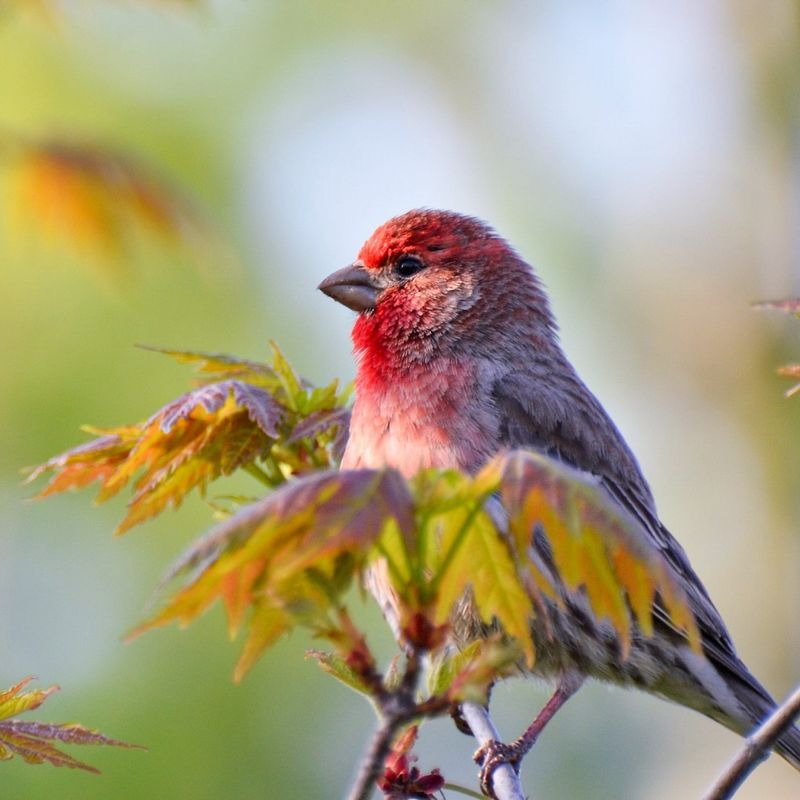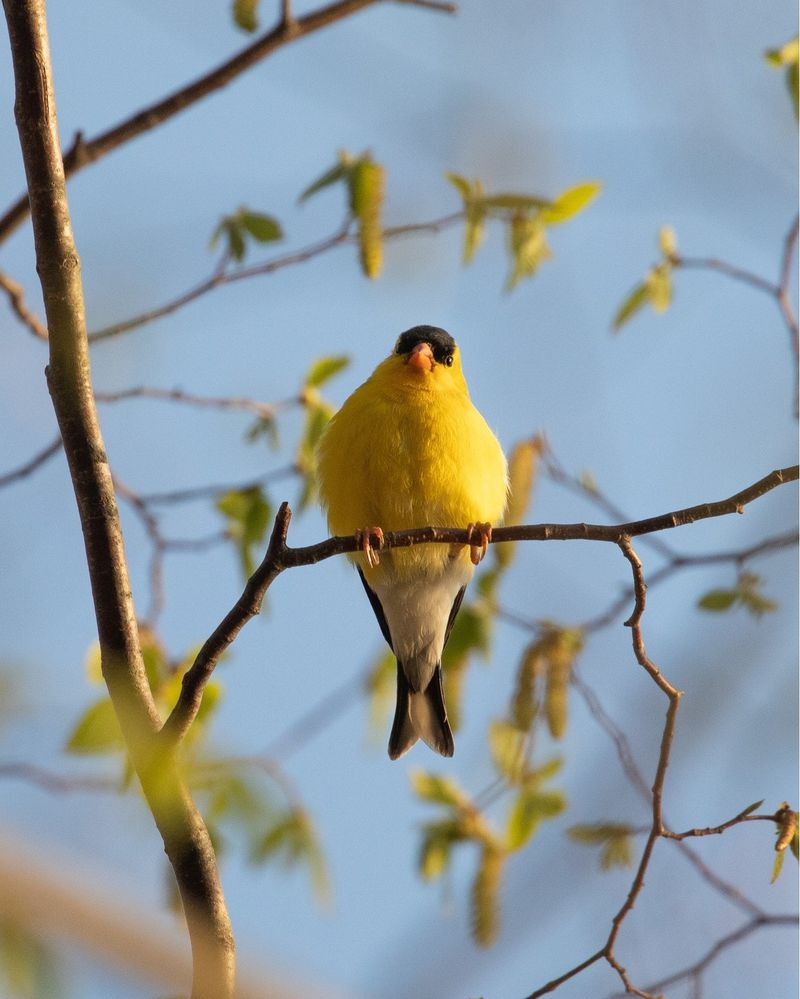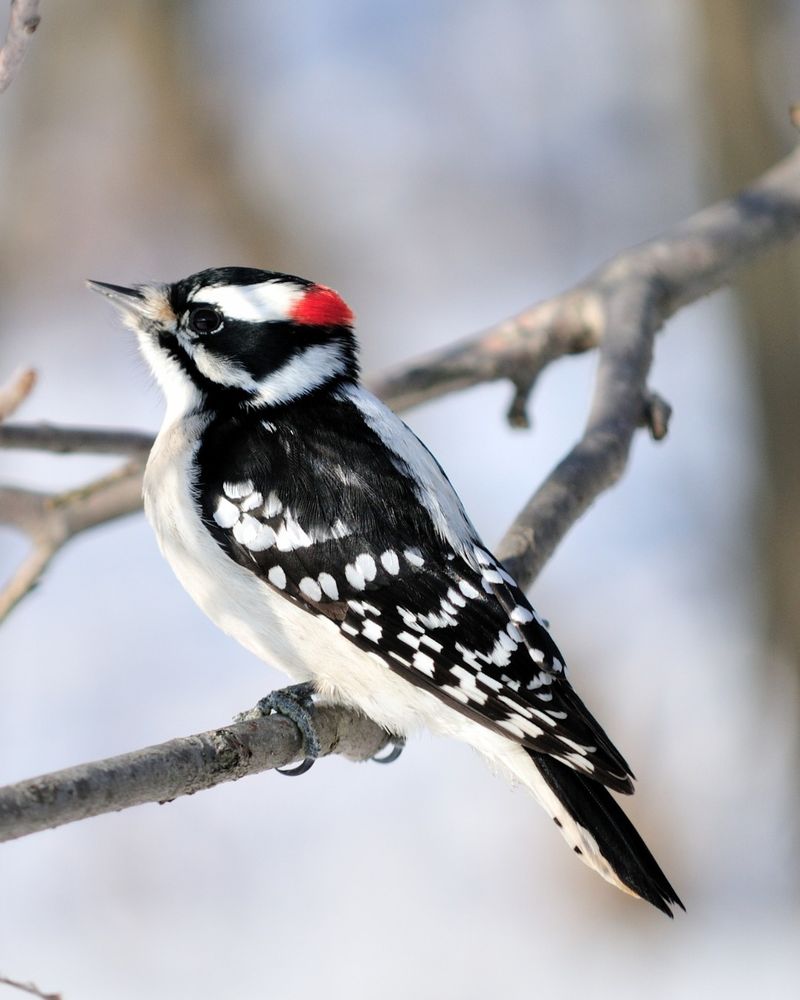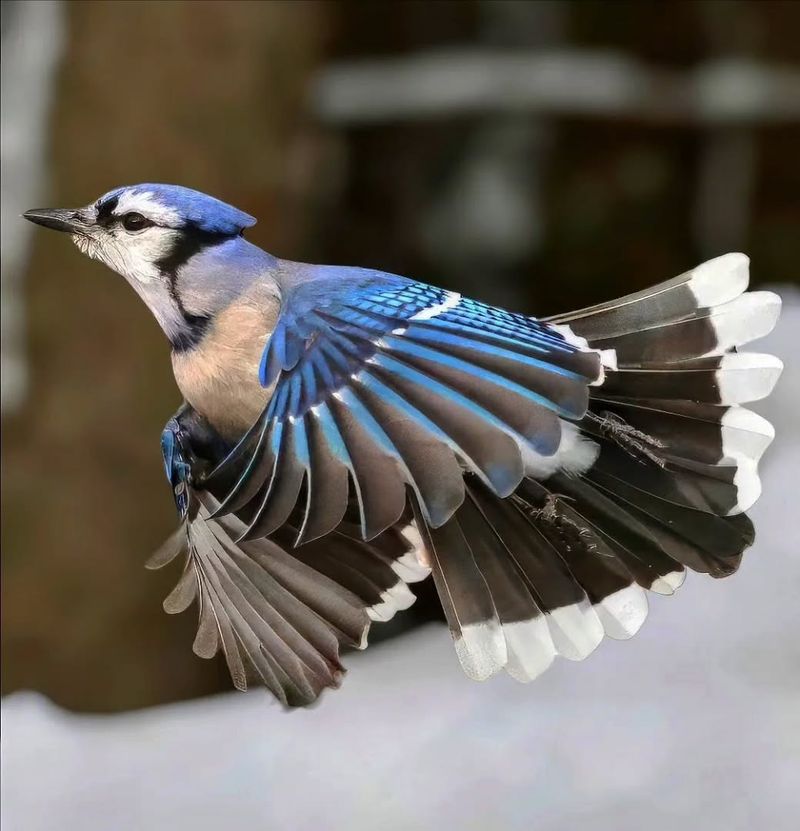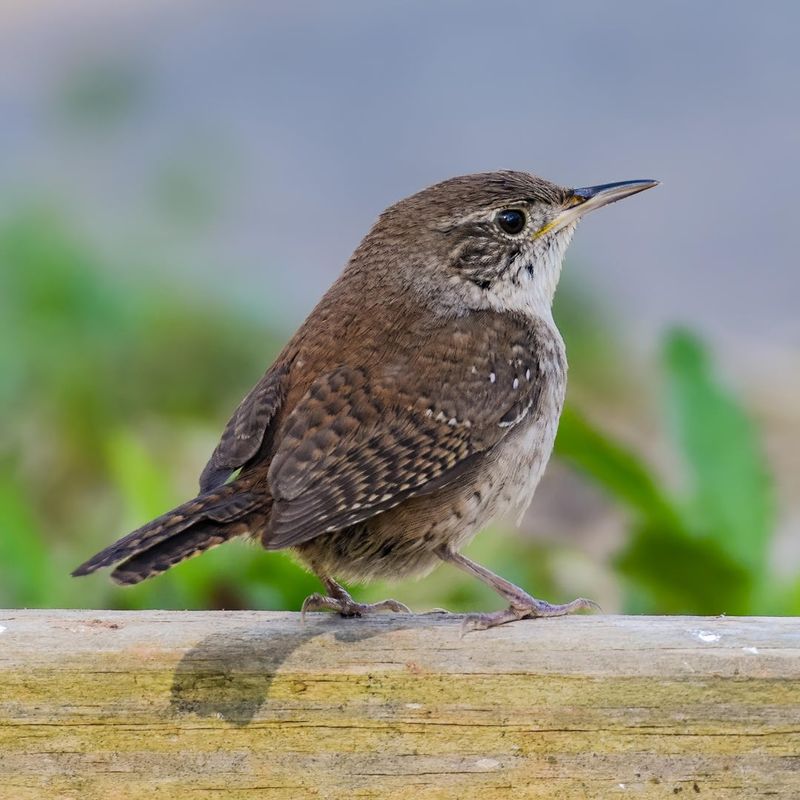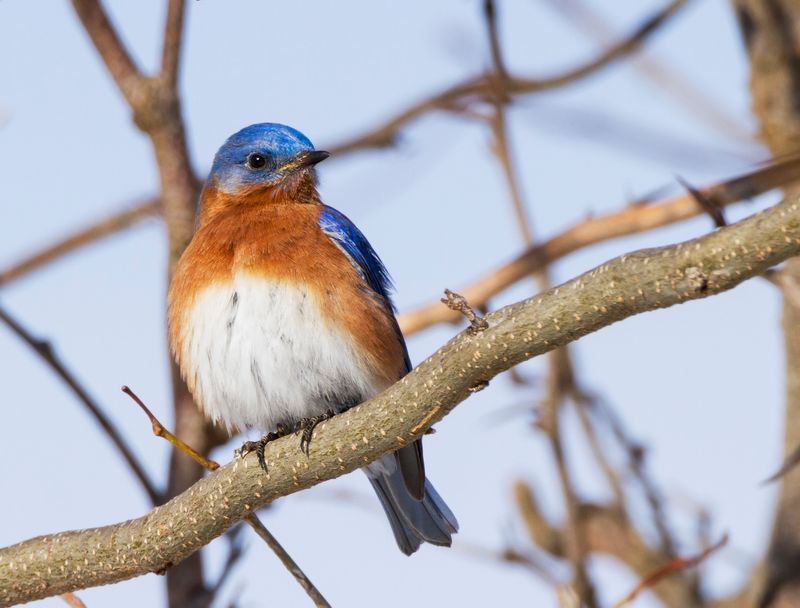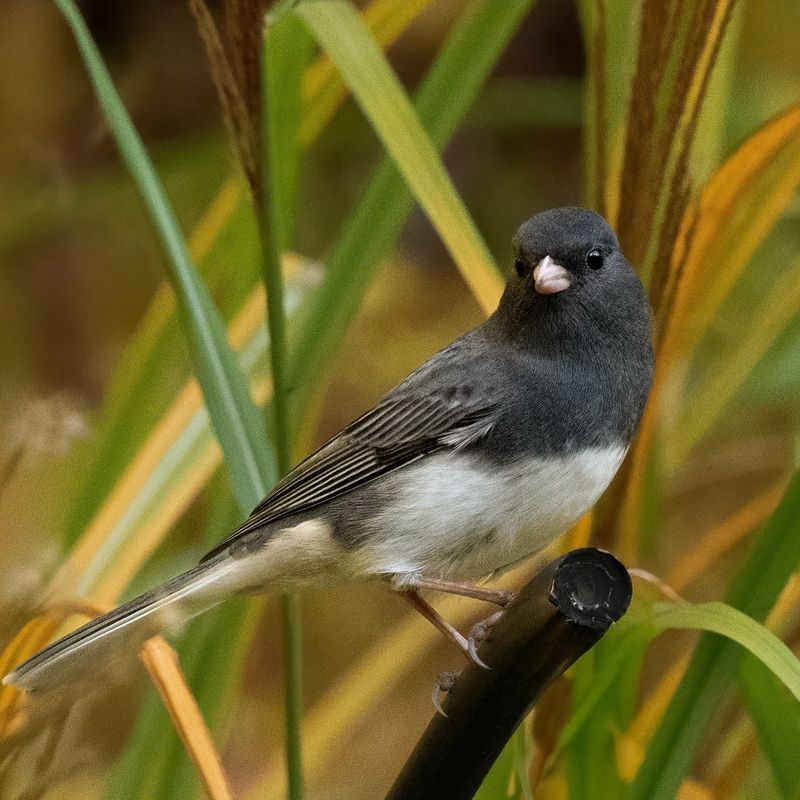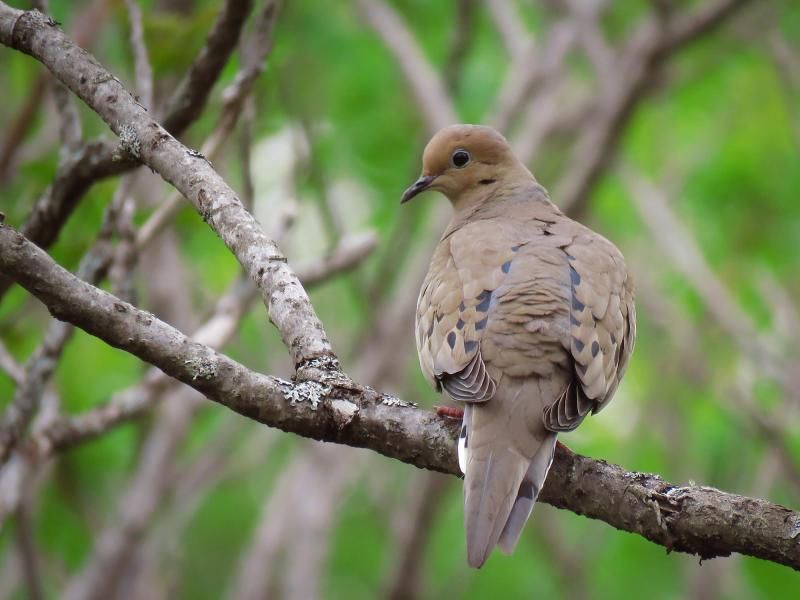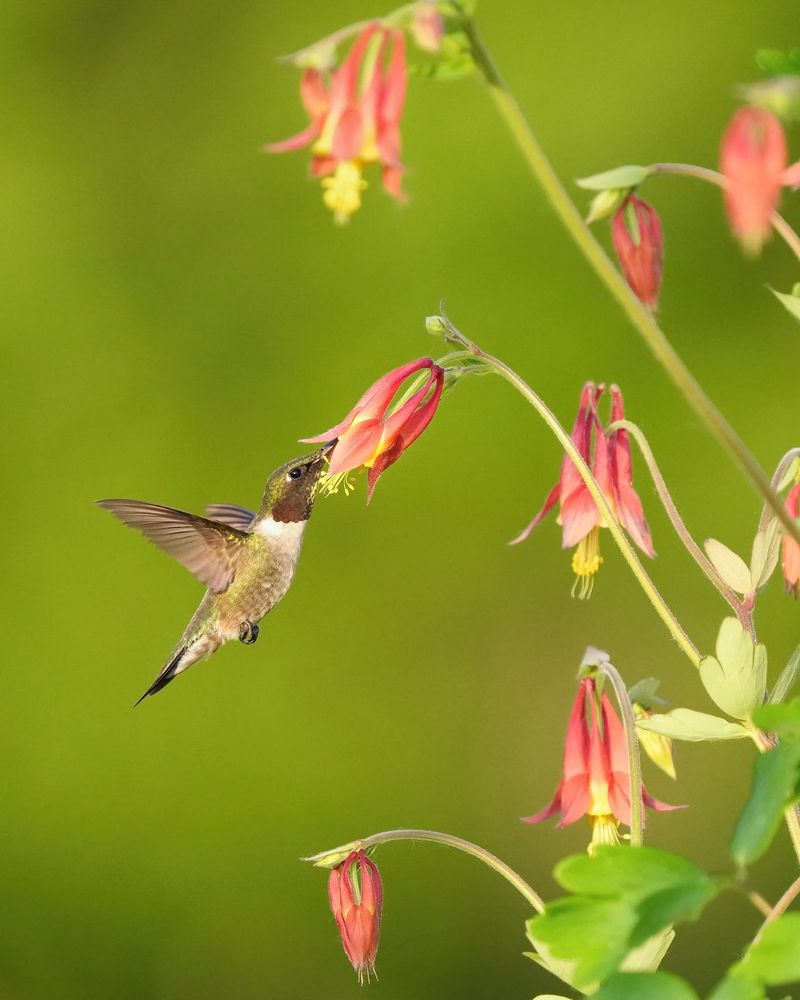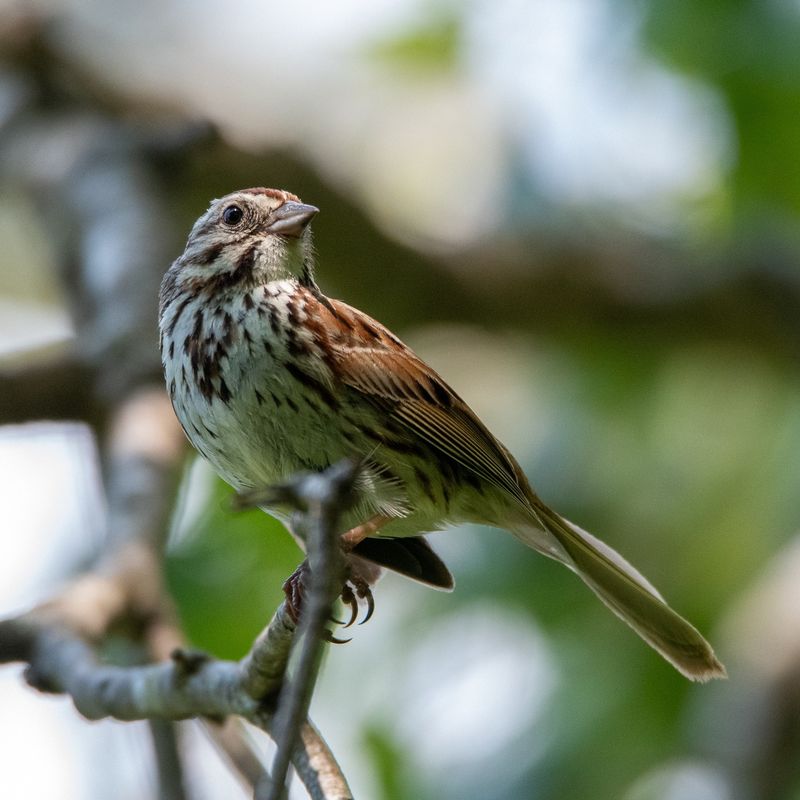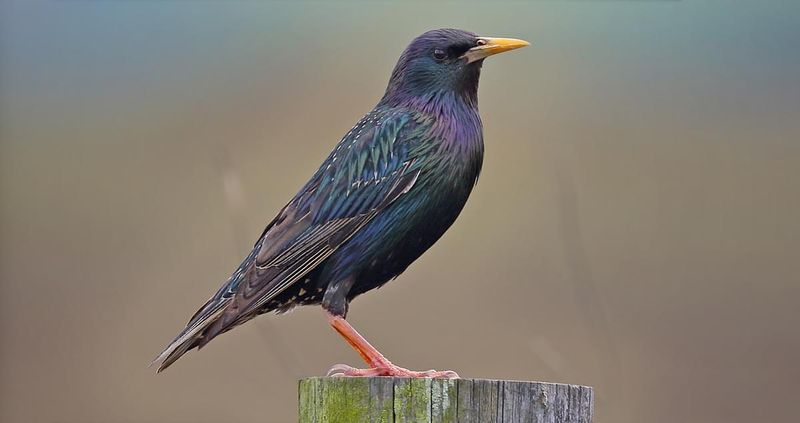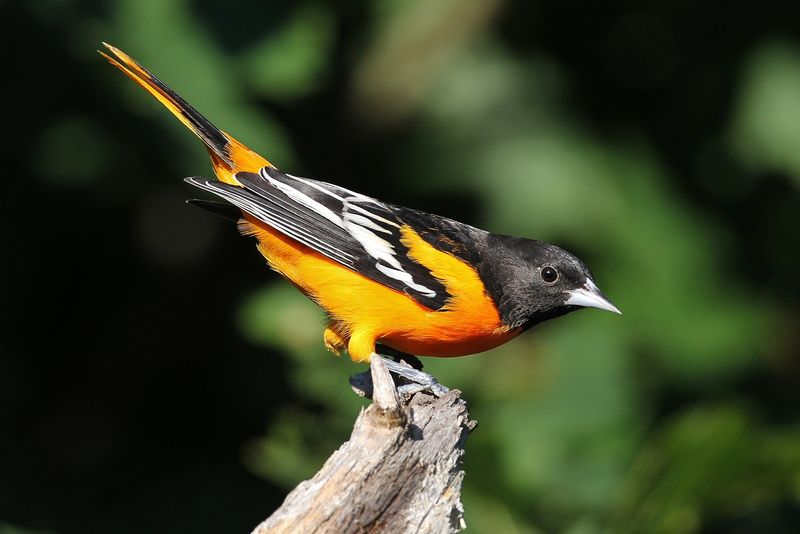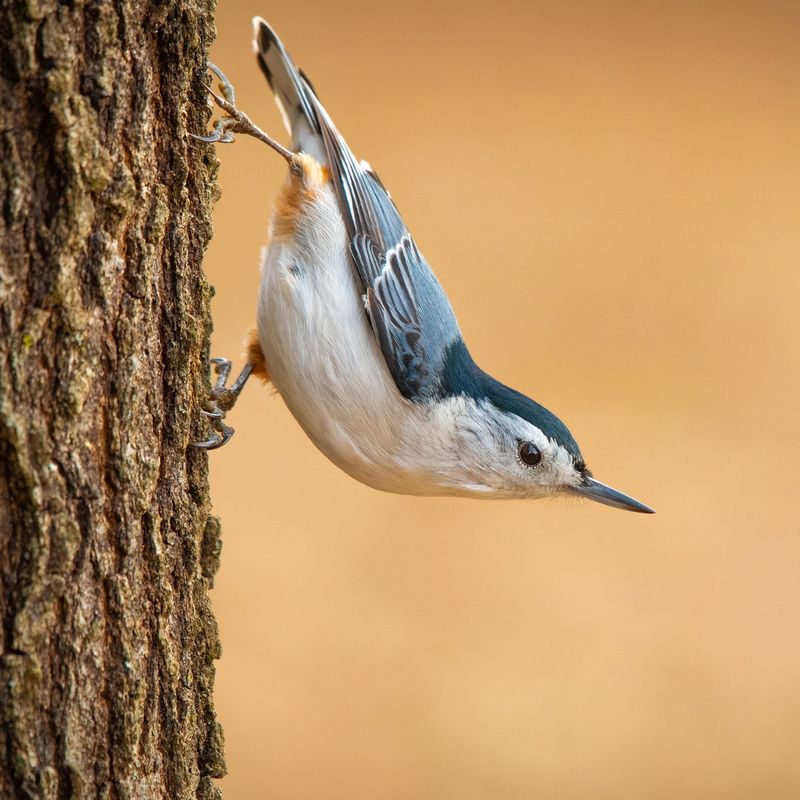Birds add so much life and color to our gardens, making every outdoor moment more enjoyable. These feathered visitors aren’t just pretty to watch—they also tell you a lot about how healthy and diverse your garden really is.
From keeping pesky insects in check to helping pollinate flowers, each bird species plays its own important part in your backyard’s ecosystem. Getting to know which birds stop by and what draws them in can deepen your connection to nature right outside your door.
By learning what your garden’s feathered friends need, you can make your space even more inviting for them. It’s a rewarding way to support local wildlife while discovering what makes your garden thrive.
1. American Robin
The rusty-red breast of this familiar bird signals spring for many gardeners. When robins hop across your lawn, they’re hunting for earthworms and soil insects, which means your soil is likely healthy and full of life.
Robins build mud-reinforced nests in trees and shrubs, so their presence often indicates you have suitable nesting habitat. I’ve noticed they become surprisingly bold during nesting season, sometimes building right near busy areas of the yard.
These birds also eat berries in fall and winter, helping disperse seeds throughout your property. If you’re seeing robins year-round, it suggests your garden offers good food resources across seasons.
2. Northern Cardinal
Spotting that flash of brilliant red among green foliage means a male cardinal has claimed your yard as part of its territory. These striking birds prefer yards with dense shrubs and trees where they can nest and take cover.
Cardinals are primarily seed-eaters, cracking open tough seeds with their strong beaks. Their presence suggests your garden offers good seed sources like sunflowers, safflower, or native grasses and coneflowers.
Unlike many songbirds, cardinals don’t migrate, so seeing them year-round means your garden provides adequate food and shelter through all seasons. They mate for life and often stay in the same territory, becoming regular garden residents.
3. Black-Capped Chickadee
These tiny, curious birds with their distinctive black cap and white cheeks are garden favorites. Their acrobatic feeding style—hanging upside down from branches to inspect every nook for insects—makes them excellent pest controllers.
Chickadees cache seeds and insects for later, hiding them in hundreds of different locations they somehow remember. This behavior helps with seed dispersal throughout your yard.
Their cheerful calls create a lively atmosphere, but there’s practical value too—chickadees are often the first to sound alarm calls when predators approach. Many other bird species recognize and respond to these warnings, creating a natural neighborhood watch in your garden.
4. House Finch
Males sport a raspberry-red head and breast, brightening feeders and garden perches. These social birds travel in small flocks, and their presence indicates your garden offers the seeds, fruits, and buds they love to eat.
House finches help control certain garden pests by feeding on aphids during breeding season. They also consume weed seeds, providing natural assistance with garden maintenance.
Their melodious warbling song is one of the most pleasant garden soundtracks. If you’re hearing their cheerful tunes regularly, it means they feel secure in your yard and may be establishing territory for nesting in nearby shrubs or small trees.
5. American Goldfinch
Bright yellow males transform summer gardens into color showcases. These seed specialists are particularly drawn to gardens with native plants like coneflowers, sunflowers, and thistles, where they can harvest seeds directly from the plants.
Goldfinches are late nesters, often waiting until mid-summer when plant fibers and thistle down become available for nest-building. Their presence in July and August suggests your garden provides these important nesting materials.
Unlike many birds, goldfinches feed their young exclusively seeds rather than insects. If you see them regularly, it means your garden supports their specialized diet—and they’re helping control unwanted plants by consuming countless weed seeds.
6. Downy Woodpecker
The smallest North American woodpecker, with its zebra-patterned back and males sporting a red patch on the head. Their drumming on trees isn’t just communication—it’s the sound of natural pest control happening in your garden.
Downy woodpeckers excel at finding insect larvae hidden under bark, including wood-boring beetles and carpenter ants that can damage trees. Their presence often indicates you have mature trees that might harbor these pests.
They create small cavity nests that later become homes for other species like chickadees and wrens. By visiting your yard, they’re not only controlling pests but potentially creating habitat for a whole community of beneficial birds.
7. Blue Jay
With their bold blue coloring and distinctive crest, blue jays make a statement in any garden. Often considered the neighborhood watch, their loud calls alert other birds to potential dangers like hawks or cats prowling nearby.
Blue jays have a fascinating relationship with oak trees—they collect and bury thousands of acorns each fall, remembering many of these caches. The forgotten ones often sprout, making jays natural tree planters.
While sometimes viewed as bullies at feeders, their presence indicates a diverse garden ecosystem. They eat harmful insects like tent caterpillars and beetles, helping maintain balance in your garden’s food web while adding a splash of brilliant color.
8. House Wren
Don’t let the plain brown appearance fool you—these tiny birds pack outsized personality into small packages. House wrens announce their presence with bubbling, energetic songs that seem impossibly loud for their size.
Master insect hunters, a single wren family can consume hundreds of insects daily during nesting season. Their preference for spiders, beetles, and caterpillars makes them valuable allies in organic pest management.
Wrens nest in cavities and are famous for stuffing nest boxes with twigs until they’re nearly full. If these busy little birds choose your garden, it suggests you have abundant insect life—a sign of a healthy, chemical-free environment that supports the entire food web.
9. Eastern Bluebird
The male’s brilliant blue upperparts and rusty breast create a walking jewel in your garden. Bluebirds hunt by perching on low branches or posts, then swooping down to catch insects on the ground—their presence means you have open areas with short grass or bare soil.
These cavity-nesters have faced housing shortages due to competition from non-native birds. Seeing them suggests either natural tree cavities or nest boxes are available in your area.
Bluebirds consume large quantities of grasshoppers, beetles, and caterpillars. When I spot bluebirds hunting in my garden, I know they’re providing free pest control services while adding a splash of color that makes gardening even more rewarding.
10. Dark-Eyed Junco
Often called “snowbirds,” these slate-gray birds with white bellies typically appear in northern gardens during winter months. Their arrival signals seasonal change and indicates your garden provides critical winter food resources.
Juncos feed primarily on the ground, preferring seeds from grasses and weeds. They’ll hop beneath feeders and shrubs, cleaning up fallen seeds that might otherwise sprout as unwanted plants come spring.
Their preference for protective evergreen cover during harsh weather makes them more common in gardens with conifers or dense shrubs. By supporting juncos through winter, you’re helping maintain bird diversity during the most challenging season and enjoying their gentle company during the garden’s dormant period.
11. Mourning Dove
The soft cooing of mourning doves creates a peaceful garden soundtrack. These plump, tan-colored birds with pointed tails are ground feeders, often seen walking deliberately across lawns and garden beds searching for seeds.
Doves consume impressive quantities of weed seeds—up to 20% of their body weight daily. Their presence indicates your garden produces plenty of seeds from grasses and other plants, while they help reduce future weed problems.
Though they may seem delicate, mourning doves are surprisingly resilient and adaptable. They build rather flimsy-looking stick nests but can raise multiple broods each season. Their consistent presence suggests your garden provides a stable, safe environment with reliable food sources.
12. Ruby-Throated Hummingbird
The iridescent green backs and, in males, the flashing ruby throat make these tiny birds garden celebrities. Their arrival means your garden offers nectar-rich tubular flowers like salvias, bee balm, or trumpet vine that support these high-energy aerial acrobats.
Beyond sipping nectar, hummingbirds consume small insects and spiders, which provide protein for these miniature predators. They hover to pluck tiny insects from spider webs or dart out to catch flying insects mid-air.
As important pollinators, they transfer pollen between flowers while feeding. Their presence indicates your garden supports pollinators generally and suggests good nectar availability throughout their season. Few garden moments match the joy of a hummingbird hovering at eye level, inspecting you as thoroughly as you’re watching it.
13. Song Sparrow
Identified by streaked breast with a central spot and melodious song, these sparrows are adaptable garden residents. Their complex, sweet singing often comes from a favorite perch they return to repeatedly.
Song sparrows forage for a mix of seeds and insects, making them beneficial for both weed control and pest management. They particularly relish beetles, caterpillars, and grasshoppers during nesting season when protein is essential for growing chicks.
These birds prefer gardens with low, dense shrubby areas where they can nest and take cover. Their consistent presence suggests your garden offers good structural diversity with ground-level vegetation and small shrubs—an important habitat layer that many other beneficial creatures also require.
14. European Starling
Glossy black with iridescent purplish-green sheen, starlings often arrive in noisy groups. While non-native and sometimes considered pests, their feeding habits offer surprising benefits to gardeners.
Starlings probe lawns with their specialized beaks, hunting for grubs and soil-dwelling insects like Japanese beetle larvae. A flock working across your lawn may be removing harmful pests that would otherwise damage grass roots and garden plants.
Their preference for fruit can occasionally cause problems, but mostly they consume wild berries and fallen fruit. While their aggressive nesting habits can displace native cavity-nesters, their insect control services shouldn’t be overlooked. Their presence indicates your soil harbors plenty of invertebrate life.
15. Baltimore Oriole
The flame-orange and black coloration of male orioles brings tropical flair to northern gardens. These birds announce themselves with clear, whistling songs and have a sweet tooth that gardeners can use to attract them.
Orioles feed on nectar from flowers and readily visit feeders with grape jelly or orange halves. They’re also skilled hunters of larger insects like caterpillars, including hairy species that other birds avoid, providing valuable pest control for trees.
Their distinctive hanging nest, woven like a pouch and suspended from high branches, demonstrates remarkable engineering. Finding orioles in your garden suggests you have mature trees and a good supply of insects and fruit. Their preference for ripening dark-colored fruit also makes them important seed dispersers.
16. White-Breasted Nuthatch
Recognized by their white face, blue-gray back, and habit of walking headfirst down tree trunks. This unique feeding position lets them find insects and larvae that other birds miss, making them exceptional pest controllers for trees.
Nuthatches get their name from wedging nuts and seeds into bark crevices, then hammering or “hatching” them open. They cache food extensively during abundant seasons, creating reserves for leaner times.
Their presence indicates mature trees with rough bark where they can forage and potentially nest in cavities. Gardens with oaks, maples, or other native hardwoods particularly attract these agile birds. When nuthatches regularly visit, it suggests your garden supports a healthy population of insects within a balanced ecosystem.

